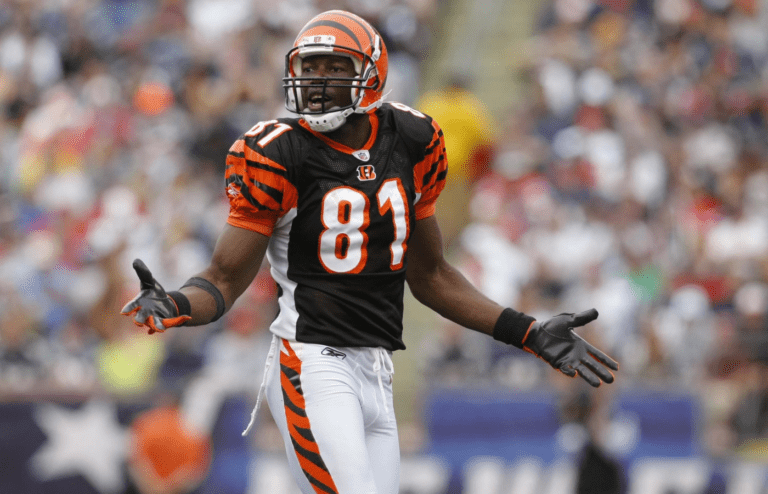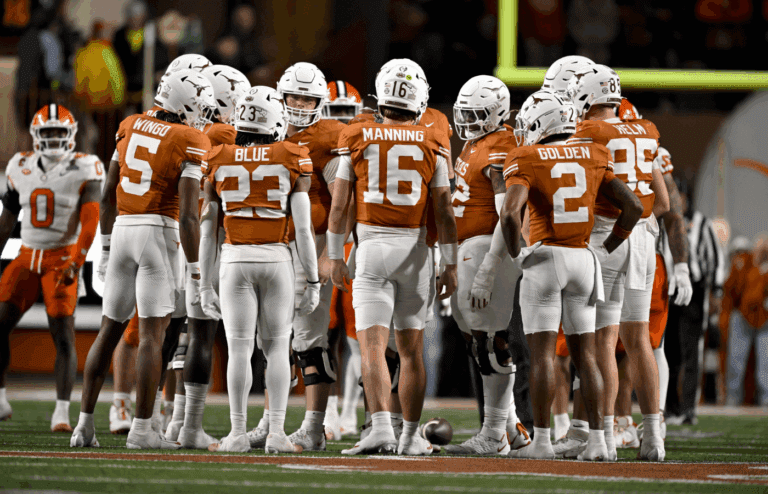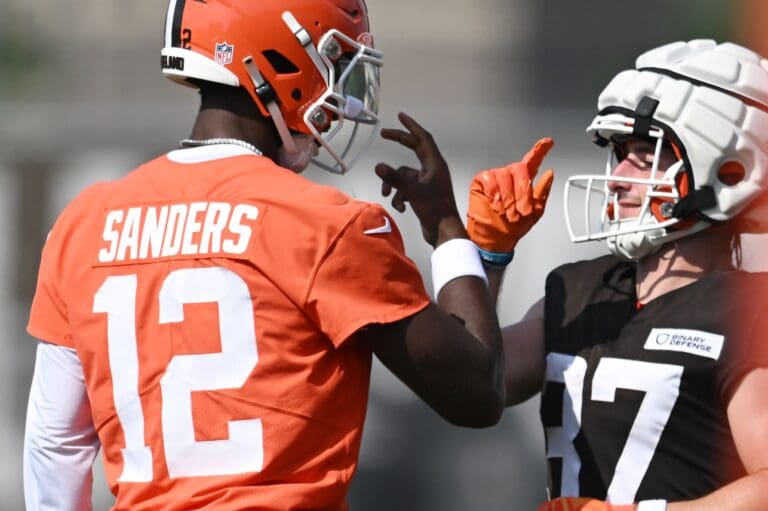You might have noticed in recent years that the use of subtitles while watching movies or TV shows has increased dramatically. This breaks down primarily by generation, as many Millennials and Gen Zers are more likely to use subtitles than Gen Xers or Baby Boomers. Why is that?
Movies Are Hard to Hear
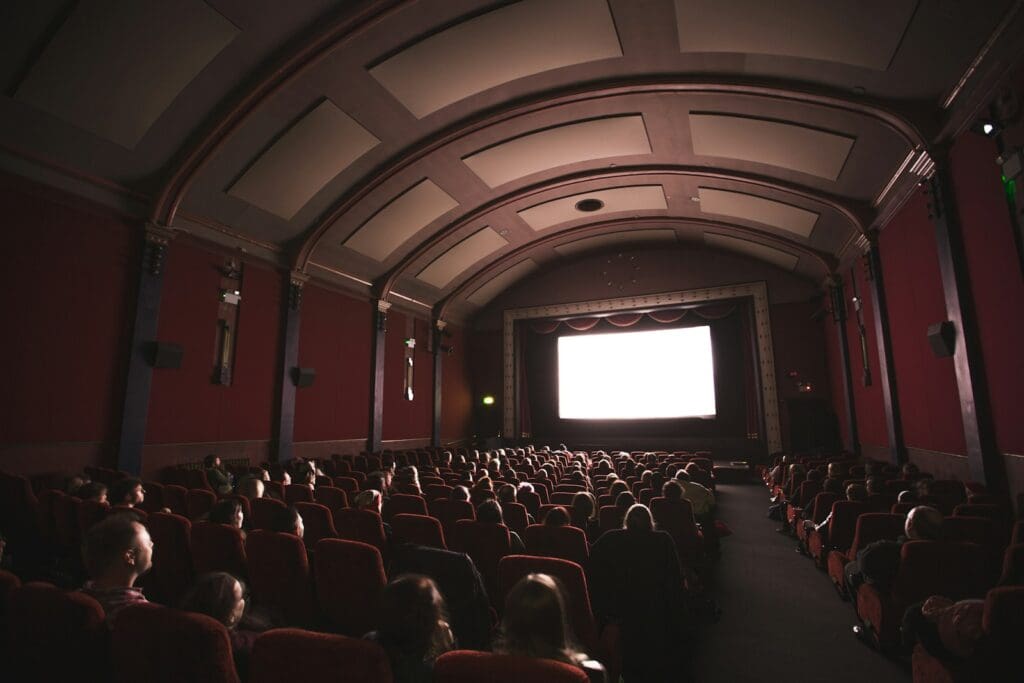
A lot of films have sound designers who are listening to their work on professional headphones or from theater-quality speakers. They’re not concerned about the sound being distinctive, they’re trying to make it as epic and lush as possible. When that same audio is compressed on smaller speaker, it makes dialogue almost impossible to decipher.
Streaming Platforms
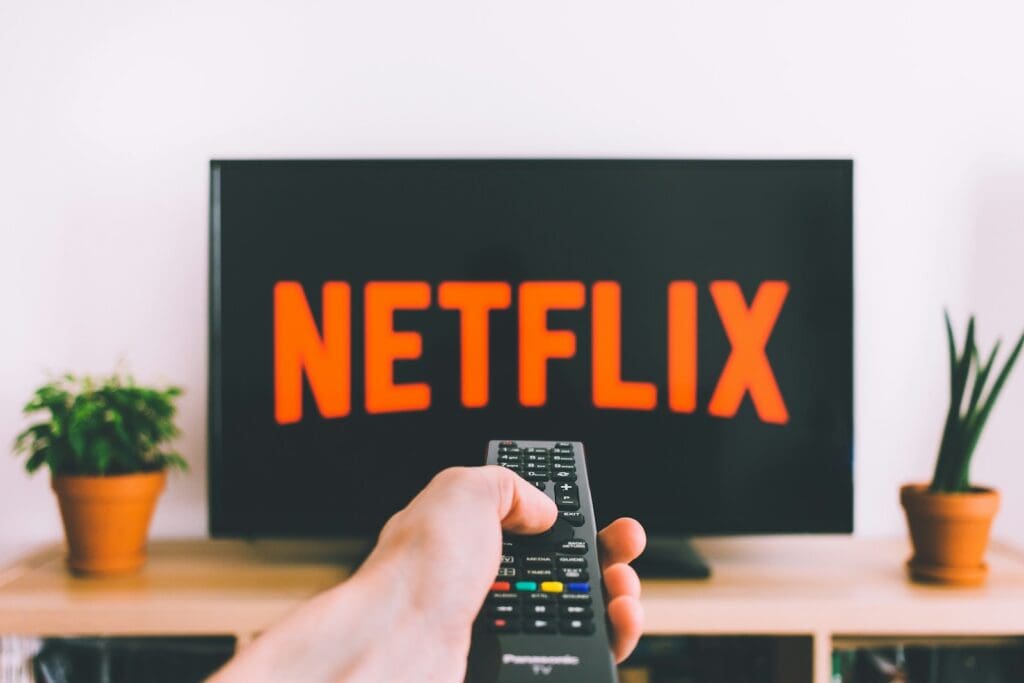
Speaking of compression, this isn’t exclusive to movies. A lot of streaming services have lax controls on audio compression since they’re not under the same FCC regulations as cable broadcasters. This can lead to uneven volume between scenes and a lot of volume adjustment on the user end.
Smaller Speakers

Younger viewers are likely to have smaller speakers than older folks. They’re going to be watching their content on their phones, laptops, or through flat-screen TVs with no soundbars. These are all suboptimal audio devices that can garble and muffle audio, like dialogue.
Watching in Public

A lot of younger people watch their shows in movies in public, whether that’s in waiting rooms, on public transportation, or just while chilling in a restaurant. And, as many people know, listening to a show with full volume on your phone (or “dad volume” as its known by Gen Zers) is exceptionally rude. So, if you forgot your headphones, it’s time to read the dialogue while you watch.
Fast-Paced Dialogue

A lot of modern shows have extremely fast-paced dialogue delivered in noisy environments. It’s tough to make out what, exactly, two warriors in House of the Dragon are shouting at each other over the clash of swords and the soaring orchestra. And, speaking of House of the Dragon, genre shows are another big factor in subtitle usage: many viewers find it easier to follow complex fantasy or sci-fi shows if they’re able to read the spelling of names and see when words are capitalized. Basically, it gives them an edge over viewers who aren’t reading along.
Modern Acting Approaches

This is an often unremarked-upon element of the current uptick in subtitle usage. Many actors have adopted a more naturalistic approach to delivering dialogue. This is partly to avoid sounding campy or “cringey,” reading lines in a way that feels more casual. However, this low-key approach can be very difficult to understand. Watch shows like The Bear or Fleabag and you’ll hear what we’re talking about.
Reading Differences

This isn’t to be mean to older folks, but the younger generations read more, and faster, than them. This means that younger viewers aren’t likely to view subtitles as a distraction. Many older people with worse vision might find subtitles distracting as it’s tough to fully read each line before it disappears.
Foreign Content

Younger people also more frequently watch foreign content, like Japanese anime or Korean dramas. These shows essentially necessitate subtitles unless viewers are interested in learning new languages. While dubs of these foreign shows exist, many fans consider the use of a dub somewhat insulting to the performances of the original actors and prefer to hear the shows in their intended context.
Read More: Facts About Iconic Movies You Never Knew
Thick Accents

Even if the characters in some shows are speaking English, their accents can be indecipherable. If you’re not from the UK, someone with a heavy English accent on Peaky Blinders might as well be speaking Russian. If you’re watching a show with regional accents, throwing on the subtitles can help you keep up and even learn new slang.
Read More: How TV Has Changed in the Era of Streaming
Familiarity with Onscreen Text

Many younger people grew up reading text off the screen for their entire lives. Between video games, surfing the internet, and social media use, younger folks just don’t mind reading along while watching something unfold in video form. This is much more “unnatural” for Gen Xers and Boomers, most of whom are completely accustomed to their video being unaccompanied by any on-screen graphics.
Read More: 10 Hidden Features You Didn’t Know Netflix Had


